News
Customize list
-

Prešeren Prizes presented to students at the University of Ljubljana
As part of University Week, the University of Ljubljana (UL) presented the Prešeren Prizes to its students. The Prešeren Prizes are awarded for outstanding student achievements in the fields of science and the arts. The guest speaker at the ceremony was Prof. Dr Igor Švab from the UL Faculty of Medicine.
-

Honorary titles of Professor Emerita and Professor Emeritus awarded at the University of Ljubljana
As part of University Week, the University of Ljubljana awarded the titles of Professor Emerita and Professor Emeritus. These titles are conferred on retired teachers of the University in recognition of their significant contributions to the development of science or the arts, as well as for their dedicated teaching and mentoring work. This year, the titles were awarded to 14 retired teachers.
-

Centre of Excellence in Green Heritage Science to Be Established in Slovenia
In a collaborative European partnership, the University of Ljubljana is in the process of establishing the Centre of Excellence in Green Heritage Science. The new Centre will bring together an interdisciplinary community of researchers – from archaeologists and chemists to computer scientists and conservator-restorers – who develop knowledge in the understanding and management of cultural heritage. The development of the Centre is being led by Professor Matija Strlič.
-

Assist. Prof. Dr. Meta Sterniša recipient of the Danubius Young Scientist Award
Assist. Prof. Dr. Meta Sterniša from the Department of Food Science and Technology at the Biotechnical Faculty of the University of Ljubljana is the recipient of the Danubius Young Scientist Award, which is presented to young researchers with outstanding achievements in their field. She received the award for her scientific contributions in food science and microbiology
-
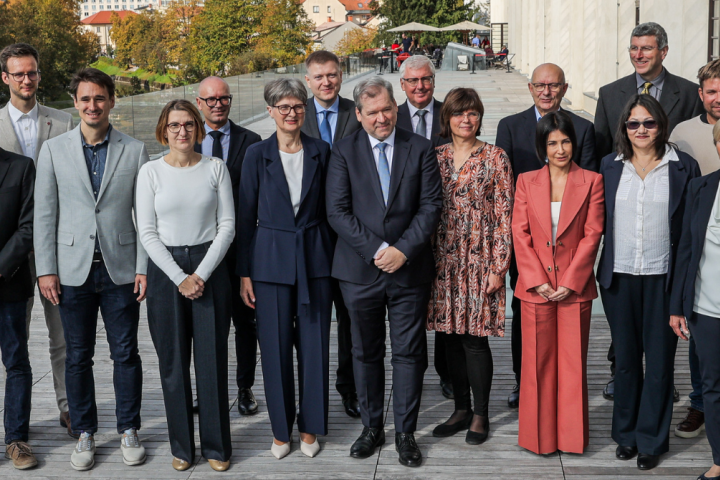
The recipients of the highest national prizes and awards in the field of science for 2025 have been announced
The Minister of Higher Education, Science and Innovation, Dr Igor Papič, and the President of the Committee of the Republic of Slovenia for the Awarding of Prizes and Awards for Outstanding Achievements in Scientific Research and Development, Prof. Dr Nataša Vaupotič, have announced this year’s recipients of the highest national prizes and awards in the field of science. The recipients include several scientists from the University of Ljubljana.
-

Winners of the Dr Uroš Seljak Prizes and Commendations for 2025
The recipients of the Dr Uroš Seljak Prizes and Commendations for 2025 have been announced. These awards are presented for the best scientific publications by students in the first and second cycles of study in Slovenia. The call for applications is issued each academic year by the University of Ljubljana (UL) in cooperation with the American Slovenian Educational Foundation (ASEF).
-

The Queen of the Mountains Returns to Porezen
The Botanical Garden of the University of Ljubljana is saving a rare and endangered plant species – Eryngium alpinum, known as the Queen of the Mountains or alpine sea holly – with the help of seed banks.
-
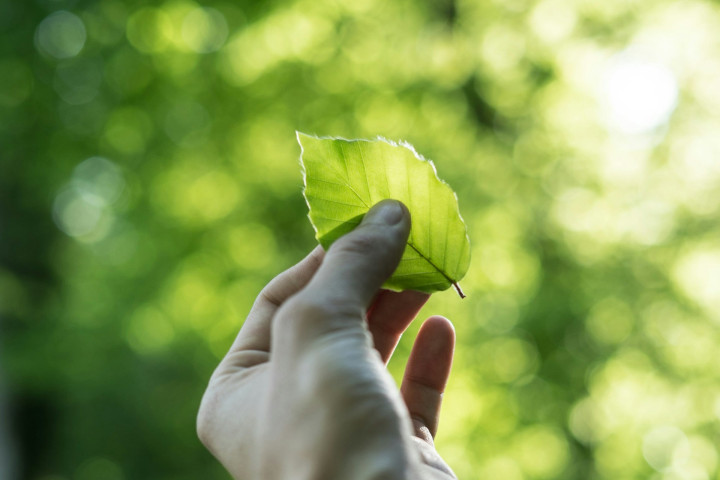
UL Biotechnical Faculty establishes two centres for science and sustainable development
On 19 May 2025, the Biotechnical Faculty at the University of Ljubljana (UL BF) established two new specialised units: the One Health – Environment Centre and the Centre for Circular Bioeconomy. Their purpose is to strategically integrate knowledge and address key societal challenges.
-
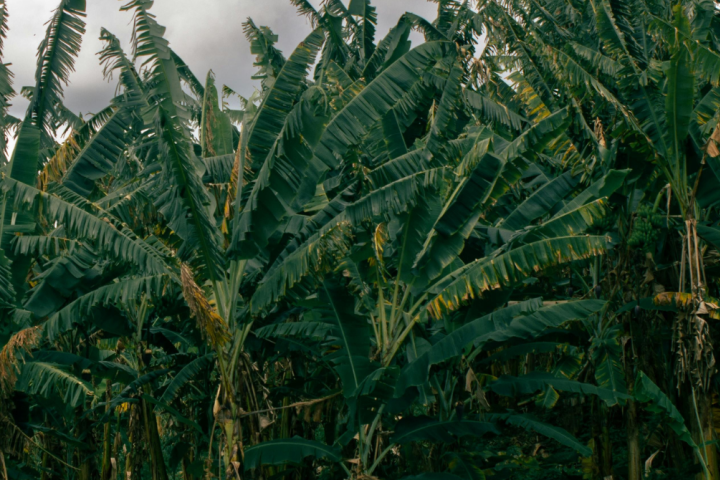
Climate Change Threatens the Future of Bananas
The cultivation of the world’s most popular fruit – bananas – is under threat from climate change, particularly due to tropical cyclones. Plantations in Southeast Asia and the Caribbean will be most affected, where production will face significantly greater risks – in the Caribbean, almost 50% more. This is revealed by an international study that included participation from the Biotechnical Faculty of the University of Ljubljana.
-
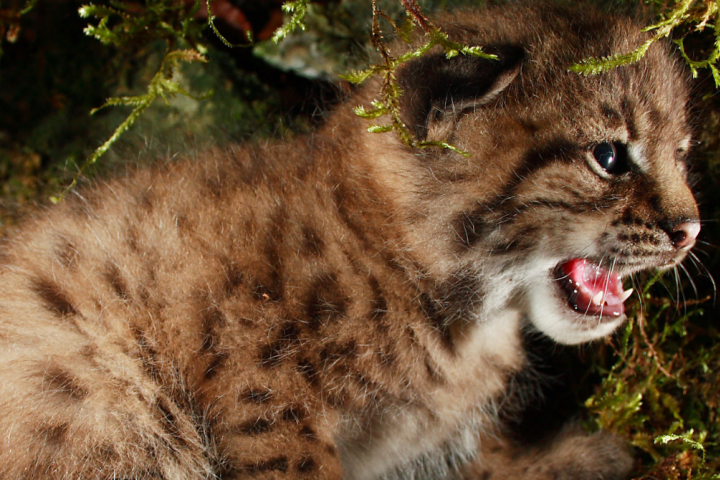
The LIFE Lynx project has won two prestigious awards
The LIFE Lynx project, in which the University of Ljubljana participated as a partner, received two prestigious LIFE 2025 awards. The expert jury declared it the best project in Europe in the category “Nature Conservation and Biodiversity,” and it was also chosen as the best by the audience.
-
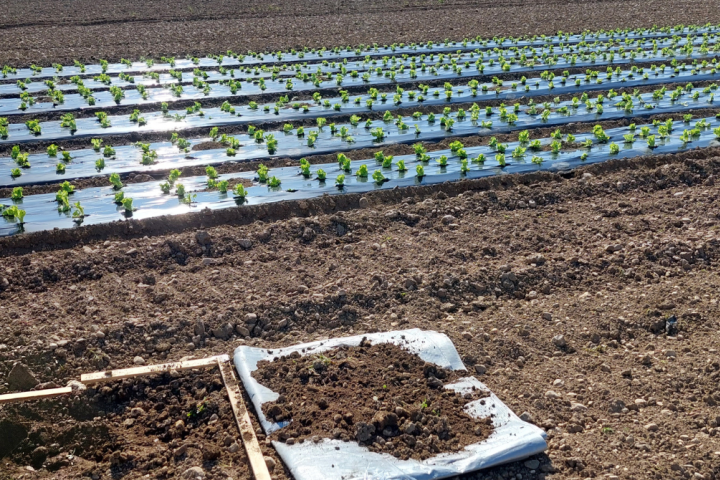
How Micro- and Nanoplastics (MNPs) Are Shaping European Agricultural Soils
Modern agriculture relies heavily on plastic products such as mulch films, greenhouses, and irrigation systems. However, a significant portion of this plastic ends up as micro- and nanoplastics in the soil. How does this affect ecosystems and food production across Europe? This is the central question addressed by the MINAGRIS project.
-
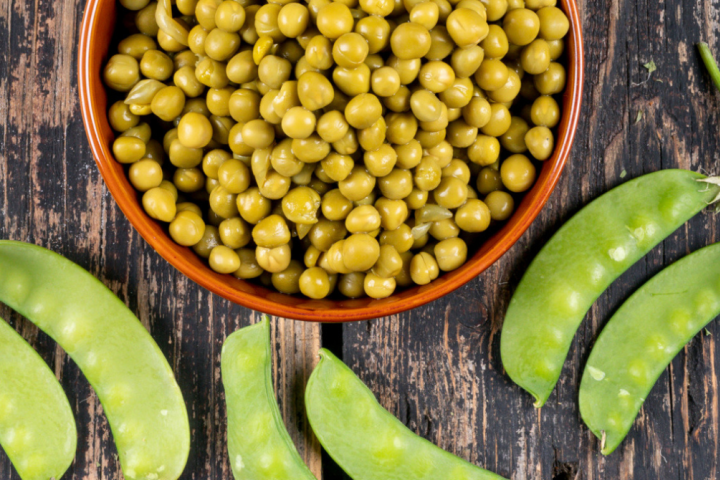
How to Enrich the Nutritional Value of Flour – Collaboration Between Slovenian Industry and Academia
Researchers from the Biotechnical Faculty and the Faculty of Chemistry and Chemical Technology at the University of Ljubljana have successfully developed a process for improving the nutritional value of pea flour through lactic acid fermentation. The interdisciplinary study, conducted in collaboration with a Slovenian food processing company goes beyond academic boundaries and presents a significant commercial value for the techonlogical application on an industrial scale.
-

How do snow leopards communicate among themselves and how can such knowledge help monitoring of these elusive cats?
Snow leopards use at least seven different behaviours for communication and most often leave scant messages in narrow gorges by scraping and urine marking. These are among the results of a new study by international team of researchers that took place in the Altai mountains of Mongolia and was led by Biotechnical Faculty from University of Ljubljana. New insights will be used to improve the efficiency of camera-trapping monitoring.
-
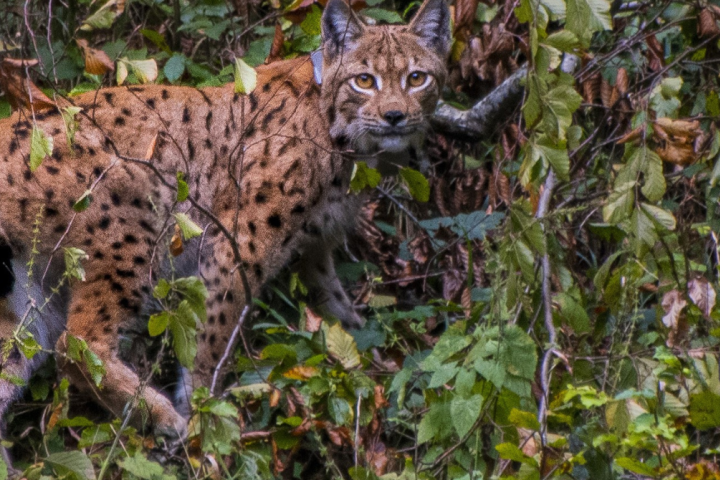
Life of lynx across Europe: insights from continental-scale research
Eurasian lynx are adaptable apex predators that can survive in a large variety of habitats – from Arctic tundra to Mediterranean forests. But only if people allow them. This was the focus of new continental-scale research co-led by researchers from the University of Ljubljana. Two studies published these days provide new insights into lynx foraging behaviour and mortality patterns.
-

Biotechnical Faculty UL Secures up to 2.5 Million in European Funding for the ERA Chair - Foodomics Project
The Biotechnical Faculty of the University of Ljubljana (UL BF) has successfully obtained 2.5 million euros through the Horizon Europe research and innovation program for the ERA Chair project titled "Chair of Metabolomics in Food and Nutrition (Foodomics)." This project will establish a new interdisciplinary Center for Metabolomics.
-

LIFE Lynx project - preventing the extinction of the lynx in the Dinaric Mountains and the South-Eastern Alps
How to save the Eurasian lynx population in the Dinarides and the South-Eastern Alps from extinction again? This is the challenge that the LIFE Lynx project, in which the Biotechnical Faculty of UL participated as a partner, has successfully tackled. Before the start of the project, there were 20 adult lynx in Slovenia, which were threatened by inbreeding. A total of 14 animals were introduced from the Romanian and Slovakian Carpatian Mountains, 9 of them in Slovenia and 5 in the Croatian Dinaric Mountains. This not only saved the population, but also set an example of good practice for all future attempts to reintroduce lynx or similar large carnivore species in Europe.
-

Transforming food waste into sustainable soil improvers
Food waste is a major challenge of modern times. How to reduce it and use it usefully? This challenge will be faced by the partners on the Waste4Soil project. The living laboratories will look for new technological solutions and products to reduce the amount of food waste by recycling it into soil improvers and biostimulants.
-
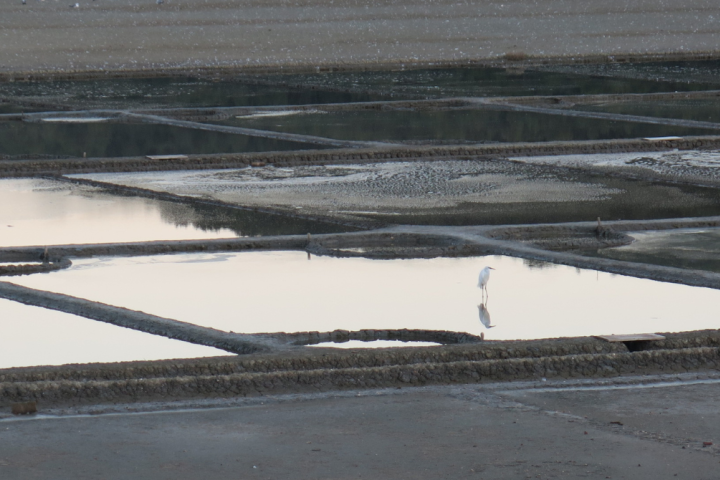
LANDLABS - Landscape Laboratories: Design Strategies for Sustainable and Beautiful Landscapes of the Anthropocene
How can landfills, mining areas or transportation infrastructure corridors that are part of our urban landscape be transformed into sustainable and beautiful places? How can we create a coexistence between humans, animals, plants, water, soil and technical elements in these areas? These are the questions addressed by LANDLABS, a doctoral research project in the field of landscape planning and design, which was successfully funded in April 2024 as part of the call for Marie Sklodowska-Curie Doctoral Networks.
-
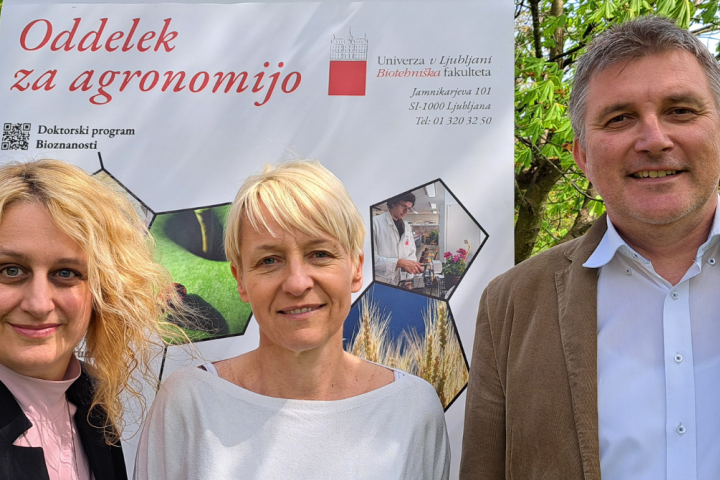
BF UL recipient of the MSCA Doctoral Network Project
The Biotechnical Faculty of the University of Ljubljana is the recipient of the prestigious Marie Skłodowska-Curie Actions Doctoral Network Project. The Department of Agronomy at BF UL will coordinate the project titled ViroiDoc - Advanced Research on Viroid Pathogenesis and Control for Sustainable Agriculture, worth 2.5 million euros, over the next four years. The project is led by Prof. Nataša Štajner, Asist. Prof. Sabina Berne and Prof. Jernej Jakše.
-

How do wild animals react to human presence in their environment?
Understanding how animals respond to people is becoming increasingly important in the face of growing disturbances such as tourism, recreation, driving in natural environment and the exploitation of natural resources. To this end, researchers from around the world have pooled their data to find out how wild animals respond to people in their environments. The results showed considerable differences among different species, with large carnivores proving to be the most sensitive to humans. Part of the research was also carried out in Slovenia, where researchers from the University of Ljubljana’s Biotechnical Faculty and the Slovenia Forest Service observed the strongest response in brown bears. The researchers hope that the new knowledge will facilitate coexistence between humans and animals, and enable more effective mitigation of the negative impact of recreation and other human activities in nature.
